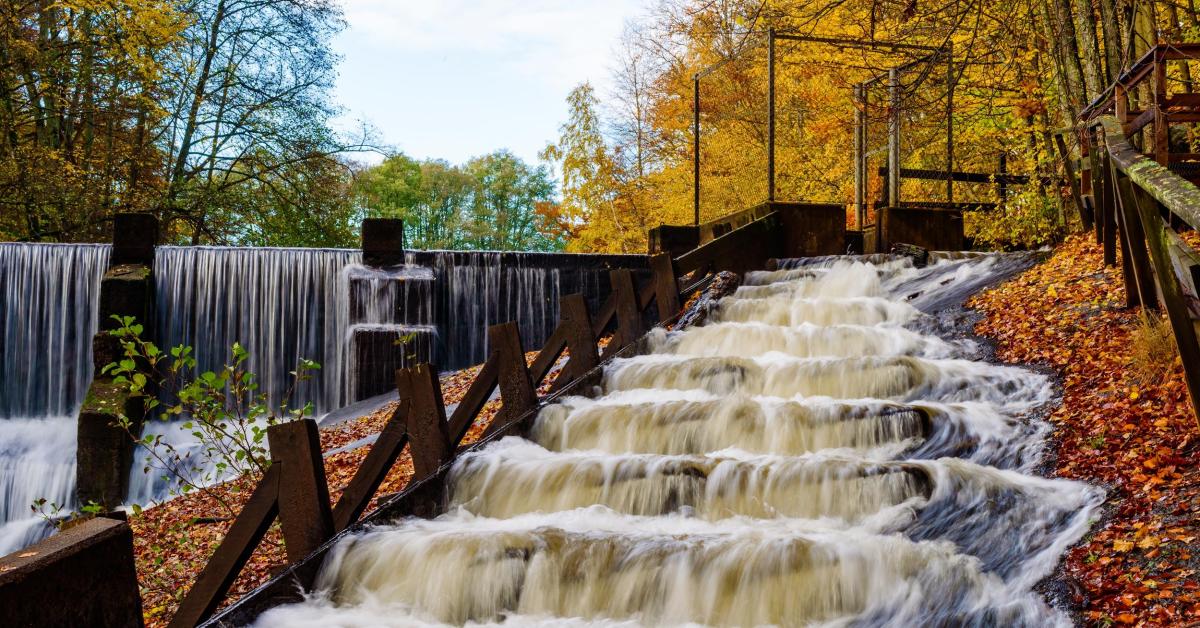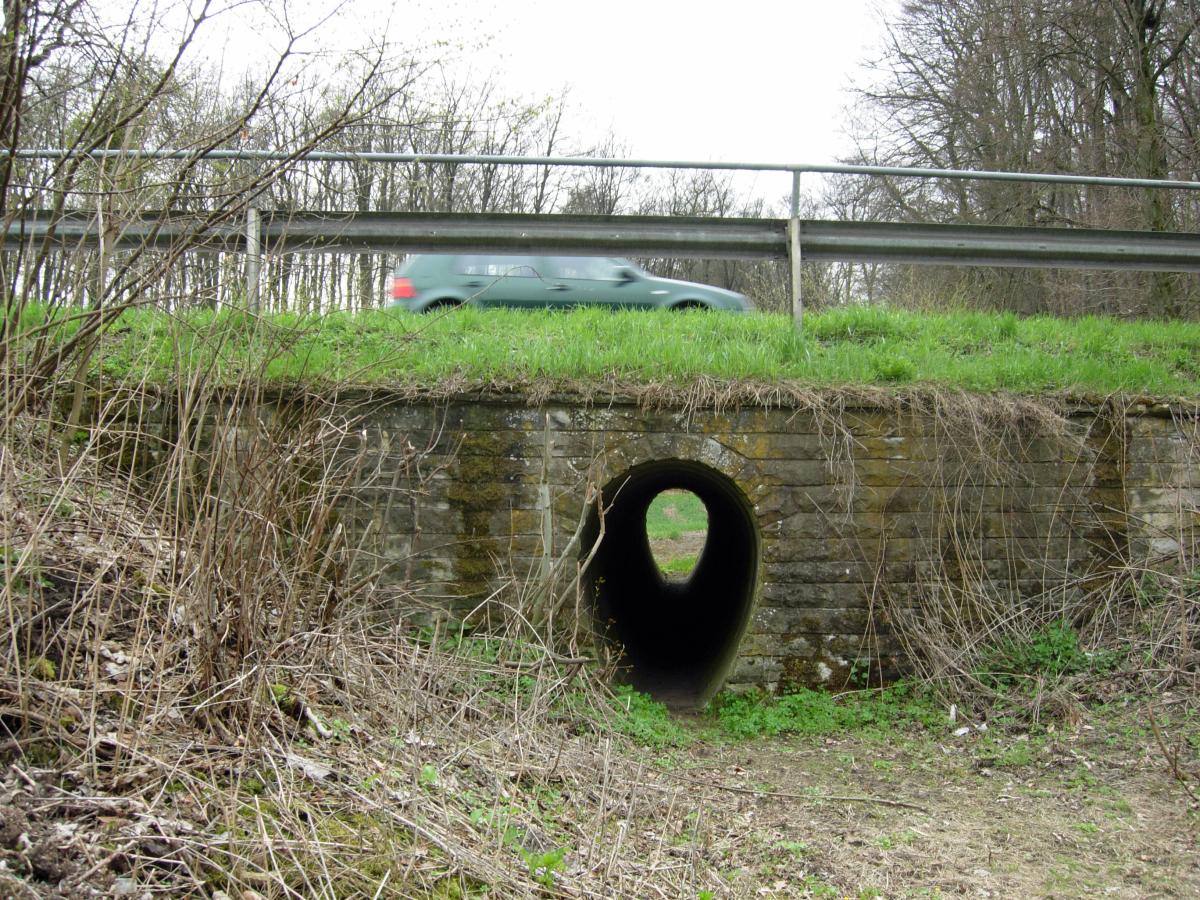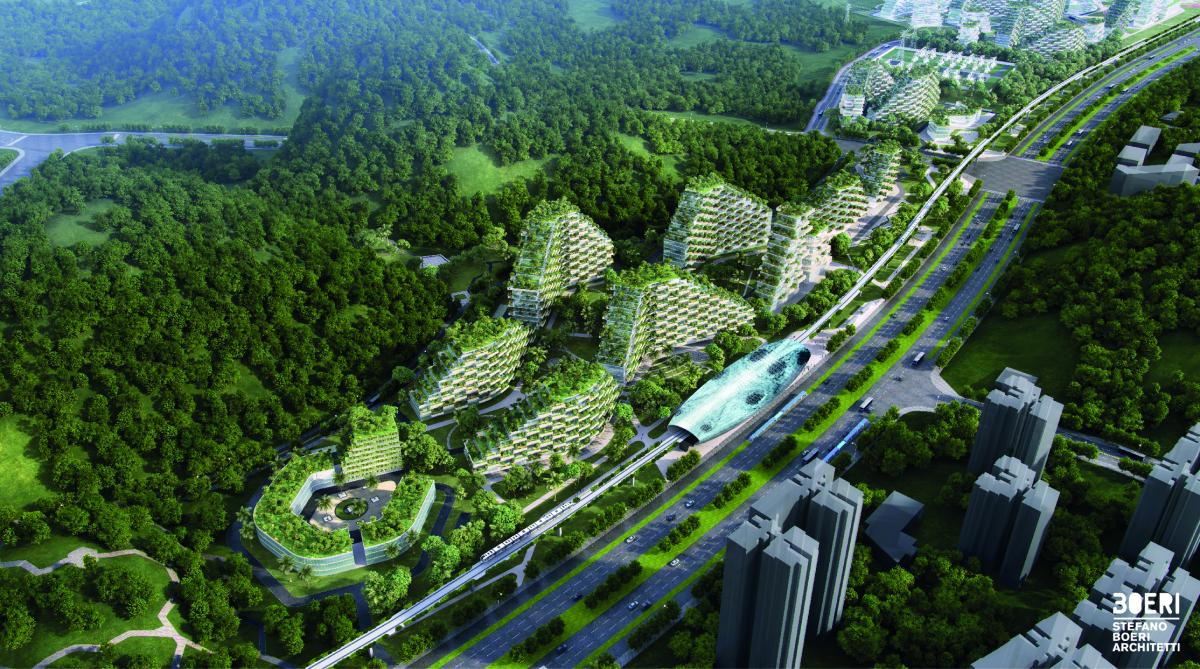Making Global Impact with Environmentally Friendly Infrastructure
by Emma Kantrowitz
The built environment and the natural environment are inextricably linked.
Tenants looking to reduce their carbon footprints gravitate toward sustainable, LEED-certified buildings. In turn, more of these structures are built by developers and existing spaces are retrofitted to meet demand. But it’s not just buildings that are being created with the environment in mind. Large-scale infrastructure projects, ones that minimize harm to local wildlife and ecosystems, are also cropping up.
When building these projects, it’s imperative that urban planners and engineers consider their impact on an area’s flora and fauna: Will animals get in the way of building a new highway? Will impermeable parking lots impact the local water table, which plants rely on as a water source?
In many cases, the effect on an area’s natural ecology can be profound. In China, for instance, the country’s natural drainage has been drastically reduced—so much so, in fact, that flood waters without anywhere to go often overrun the streets and homes of overcrowded cities.
Whether created to save humans, animals or the environment, recent infrastructure developments from around the globe highlight how builders and architects are making environmentally friendly design a priority.
FIGHTING FLOOD WATERS WITH SPONGE CITIESAccording to the World Bank, 56 percent of the Chinese population lives in cities, up from just 17 percent in 1976. To accommodate this ever-growing number, builders and urban planners have constructed cities at astounding rates over the past few decades, replacing green spaces and wetlands with hard infrastructure and concrete structures, and leaving rainfall and water runoff with nowhere to go. And though the country has built more than 87,000 dams, flooding is still an enormous problem.
“We have poured more than enough concrete. It’s time to invest in a new type of green infrastructure,” Kongjian Yu, dean of Peking University’s College of Architecture and Landscape Architecture, told City Lab. “In modern China, we have destroyed those natural systems of ponds, rivers and wetlands, and replaced them with dams, levees and tunnels, and now we are suffering from floods.”
To combat the problem, the government introduced “sponge cities” to the public’s lexicon. In effect, 16 cities have been undergoing retrofitting to incorporate porous concrete, artificial wetlands and increased green spaces to facilitate better and more environmentally friendly water drainage. If the program proves successful, the government plans to turn all of China’s cities into sponge cities, making their efforts a potential template for other countries to replicate.
MAKE WAY FOR ANIMAL CROSSINGS
Throughout the U.S., “deer crossing” signs are posted along main thoroughfares, winding backroads and even major highways. But rarely do deer cross at these intended locations; instead, they oftentimes jump into traffic, and if they’re lucky, make it across the road unscathed.
To help save wildlife, some towns around the world have created bridges and tunnels that allow animals to pass over or under a roadways and other obstructions without harm. From a crab bridge on Christmas Island (an Australian territory in the Indian Ocean) to a toad tunnel in Davis, Calif., and a nearly half-mile-long natural bridge in the Netherlands that safely ferries animals over roadways, railways and even a business complex, animal crossings impede the accidental deaths of local species worldwide.
For migrating fish, there is a similar option. While fish can swim over a dam heading downstream, what happens when they want to return upstream to lay eggs? That’s where fish ladders come in. These man-made passageways assist fish movement upstream around obstacles such as dams and river turbines. In the capital city of Whitehorse in Yukon, Canada, the world’s longest fish ladder spans nearly 1,200 feet and helps transport well over 1,000 local Chinook salmon each summer.
GROWING UP WHEN YOU CAN’T GROW OUTAs it usually happens, the most densely populated parts of the world are the most in need of sprawling forests and thick greenery to absorb excess carbon dioxide and provide clean air. But without ample space to plant such forests, architects are setting sights skyward.
Plans are well underway to construct a 342-acre forest city in the northern part of Liuzhou, China, along the Liujiang River. Designed by the Italian architecture firm Stefano Boeri Architetti, the same firm behind Milan’s vertical forest, the city is intended to help with China’s pollution problem by absorbing nearly 10,000 tons of carbon dioxide and emitting approximately 900 tons of oxygen each year.
“We’ve seen what’s happening (in terms of pollution) in Beijing and Shanghai, but at the same time, China has to create cities,” founding architect Stefano Boeri told CNN. And if they have to do it, they might as well do it in an environmentally friendly manner. Though construction isn’t set to begin until 2020, the plans include nearly 40,000 trees and almost one million plants to grow along the sides of the 70 buildings throughout the self-contained city.
SUSTAINABLY SOURCED BIKE PATHSCities worldwide are thinking through how to accommodate and encourage bicycles, a more eco-friendly means of transportation. The standard bike lane is not without faults, but in the Dutch town of Emmen in the northeastern part of the Netherlands, a new type of bike path recently opened to the public; and it’s made out of wood. Formed from boards comprised of compressed wood chips, the path is a sustainable alternative to commonly used materials like asphalt and concrete. And while the path is only around 600 feet long, for now, its designers are using this period as a trial to see how the material holds up to consistent use.
But bike paths from recycled materials are nothing new to the Netherlands, a country committed to its thriving cycling culture. After all, a path created from mixing the cellulose from discarded toilet paper with asphalt was opened to the public in 2016, showcasing environmentally friendly infrastructure at its finest.




